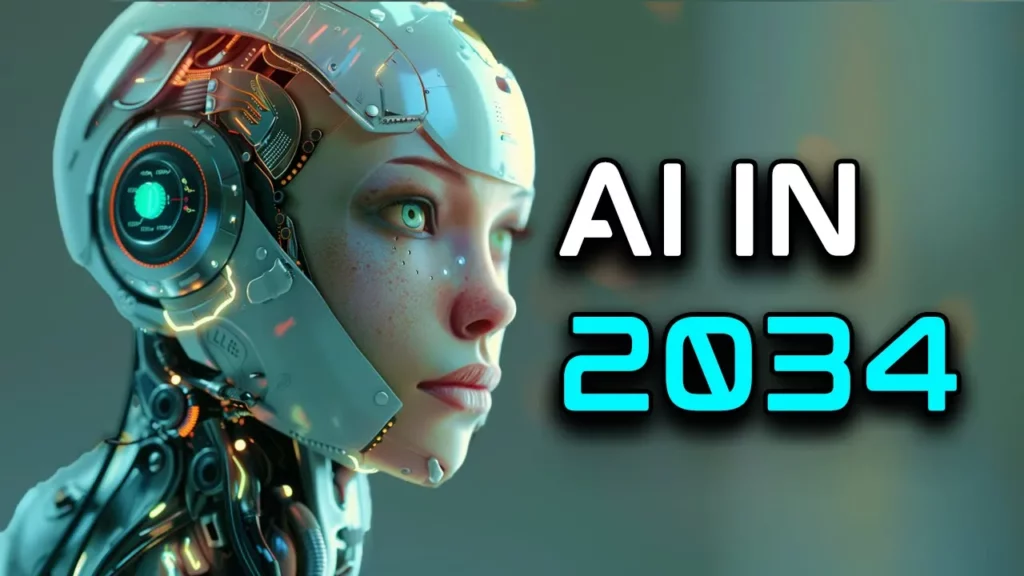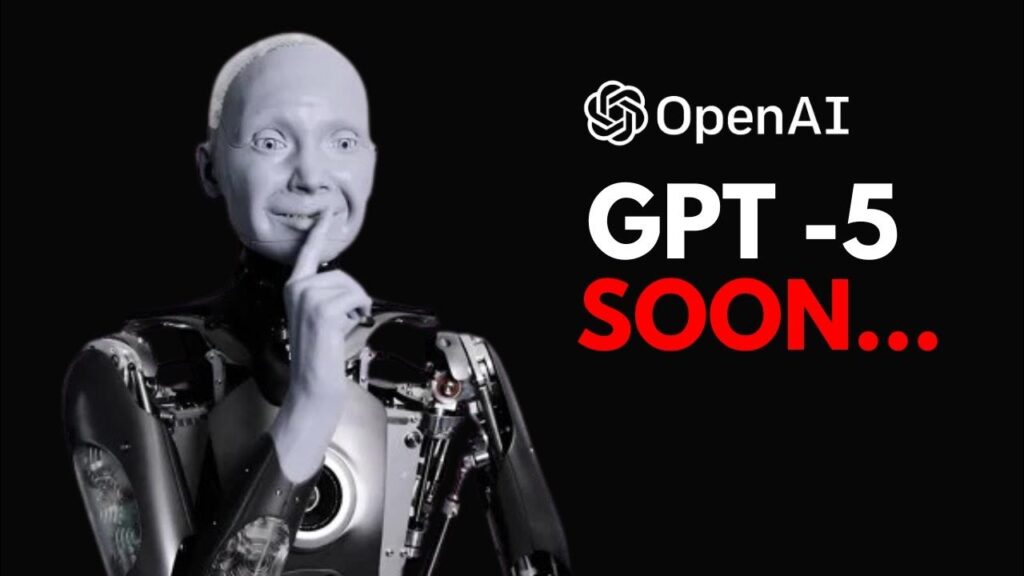Artificial Intelligence has become a prominent part of our daily lives, assisting us in various tasks from answering queries to interpreting complex information. In a recent comparison between Chad GPT 40 and Gemini 1.5 Pro, the disparity in their abilities was starkly evident.
The test involved challenging both AI models with tasks ranging from product identification to solving puzzles, and even understanding humor. Chad GPT consistently demonstrated superior performance, providing detailed and accurate responses across all categories. In contrast, Gemini struggled to match the depth and accuracy of Chad GPT’s answers, showcasing limitations in its comprehension abilities.
One notable test involved presenting images of products for identification. While Chad GPT accurately recognized and provided detailed information about the products, Gemini often fell short in correctly identifying them, even when compared to tools like Google Lens. This inability to grasp and interpret visual data highlights a significant area for improvement for Gemini.
Moreover, in understanding complex concepts like mathematical expressions and logical puzzles, Chad GPT excelled in explaining the reasoning behind its answers. On the other hand, Gemini’s responses showed a lack of depth and a failure to capture the intricacies of the given tasks, indicating a need for further refinement in its algorithms.
When presented with humorous memes, Chad GPT displayed a human-like understanding, interpreting the underlying jokes effectively. In contrast, Gemini’s responses lacked depth and often missed the nuances of the humor, reflecting a limitation in its contextual comprehension.
In conclusion, the comparison between Chad GPT 40 and Gemini 1.5 Pro revealed a substantial disparity in their intelligence and capabilities. Chad GPT emerged as the more advanced and versatile AI model, showcasing superior performance across various tasks. As AI continues to evolve, these findings underscore the importance of ongoing development to bridge the gap between different AI models and enhance their overall effectiveness in real-world applications.












